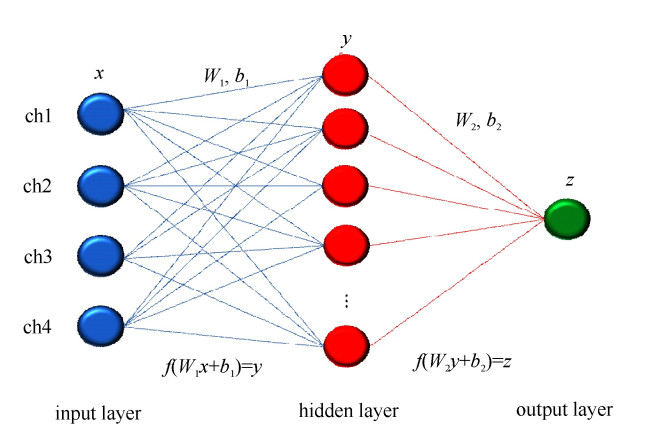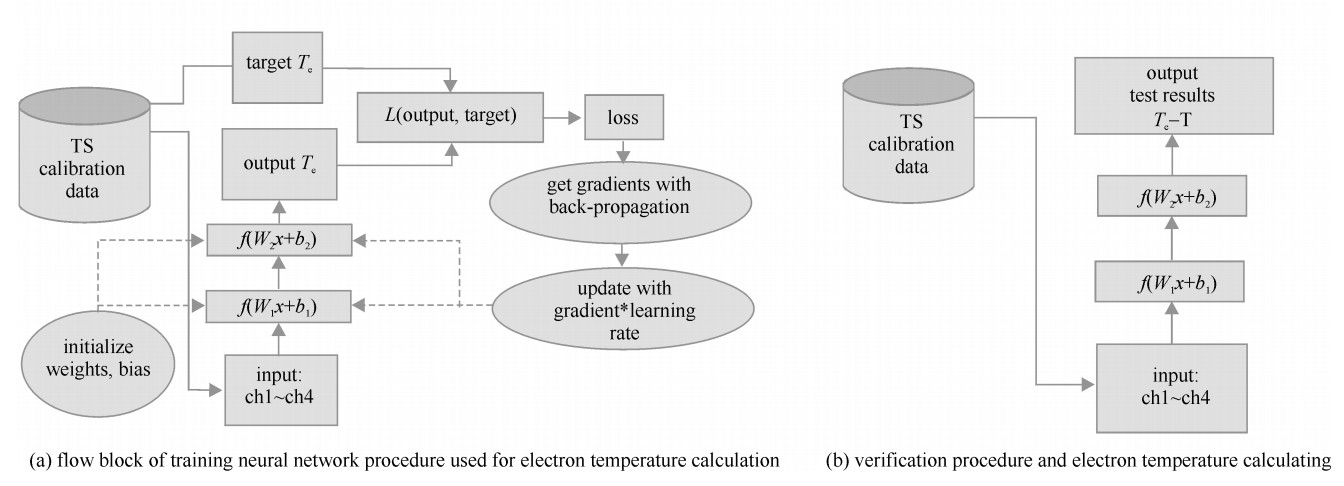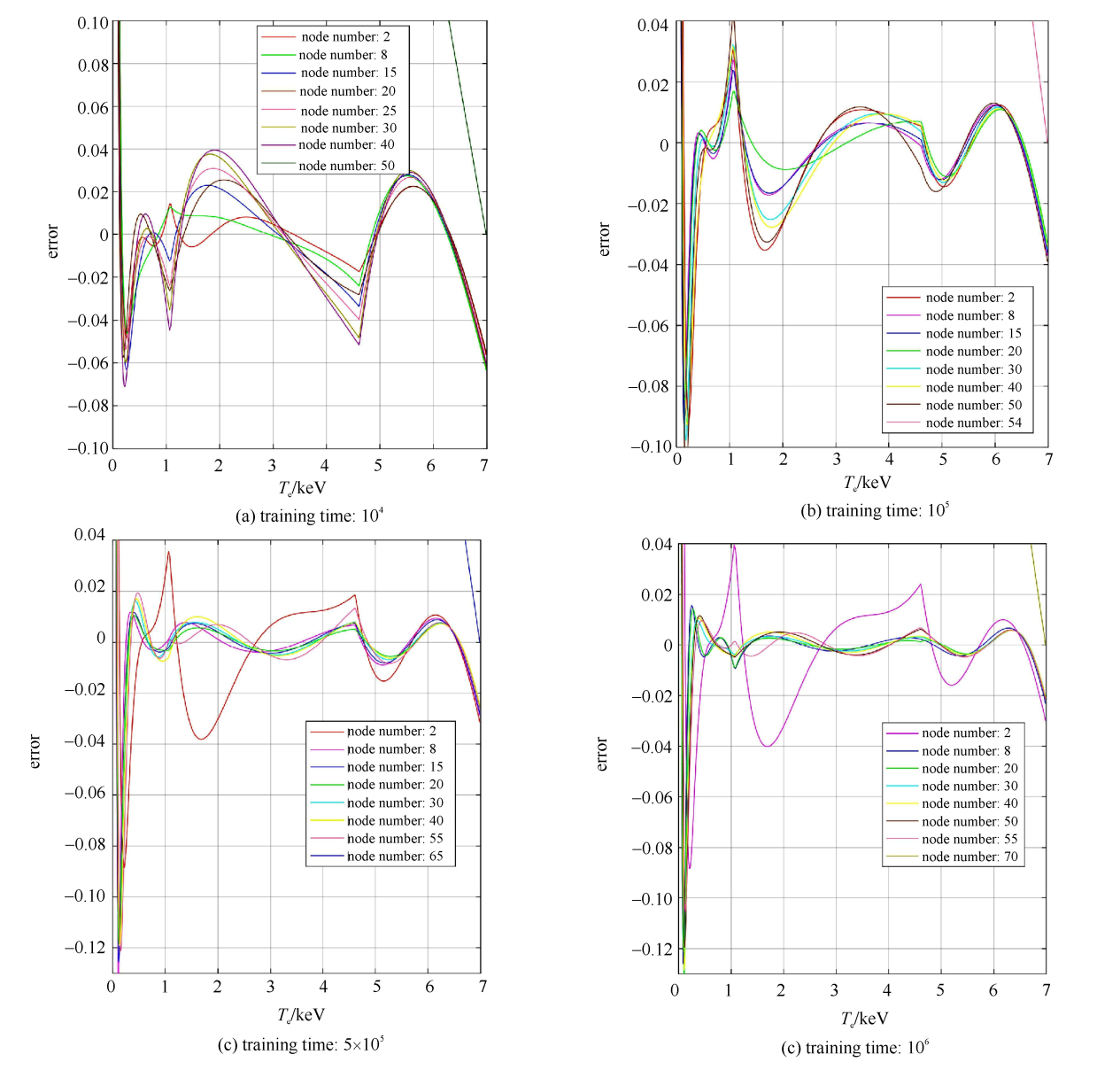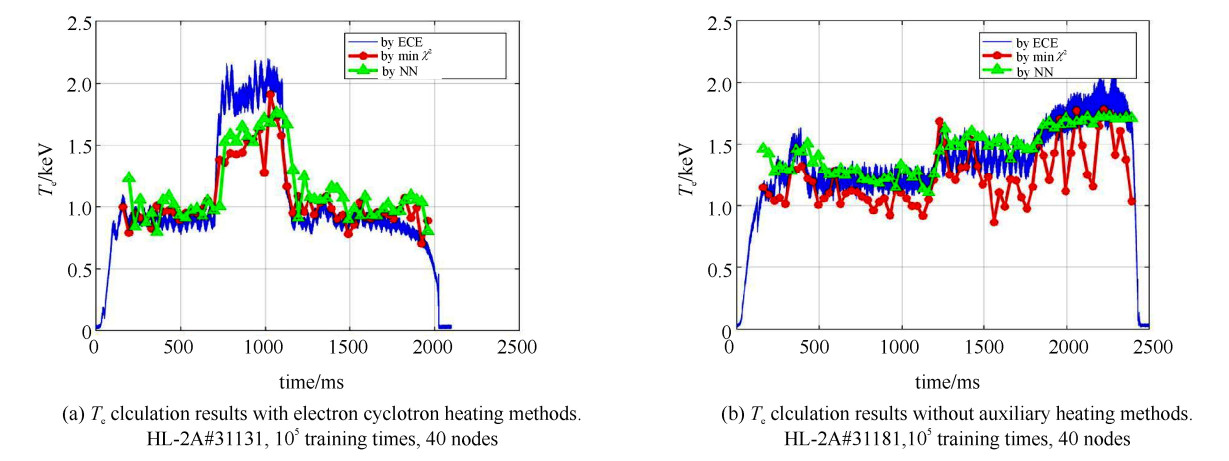| [1] |
刘春华, 黄渊, 冯震, 等. HL-2A装置YAG激光汤姆逊散射测量电子温度的初步结果[J]. 强激光与粒子束, 2008, 20(7): 1119-1124. http://www.hplpb.com.cn/article/id/3572Liu Chunhua, Huang Yuan, Feng Zhen, et al. Primary results of measuring plasma electron temperature with YAG laser Thomson scattering system on the HL-2A Tokamak. High Power Laser and Particle Beams, 2008, 20(7): 1119-1124 http://www.hplpb.com.cn/article/id/3572
|
| [2] |
慈佳祥, 黄渊, 唐昌建, 等. HL-2A装置Nd: YAG激光汤姆逊散射多道测量系统[J]. 强激光与粒子束, 2009, 21(3): 359-364. http://www.hplpb.com.cn/article/id/3931Ci Jiaxiang, Huang Yuan, Tang Changjian, et al. Measurement system of multipoint Thomson scattering on HL-2A Tokamak. High Power Laser and Particle Beams, 2009, 21(3): 359-364 http://www.hplpb.com.cn/article/id/3931
|
| [3] |
Liu C H, Huang Y, Wang Y Q, et al. The progress in development of edge tangential Thomson scattering system on HL-2A[J]. Review of Scientific Instruments, 2016, 87: 11E555. doi: 10.1063/1.4963200
|
| [4] |
Liu C H, Wang Y Q, Feng Z, et al. Improvement in data processing of Thomson scattering diagnostic on HL-2A tokamak[J]. Journal of Instrumentation, 2015, 10: C12026. doi: 10.1088/1748-0221/10/12/C12026
|
| [5] |
Liu Chunhua, Huang Yuan, Feng Zhen, et al. Electron density measurement by Raman calibration of the HuanLiuqi-2A Thomson scattering system[J]. Plasma and Fusion Research: Regular Articles, 2014, 9: 1402042. doi: 10.1585/pfr.9.1402042
|
| [6] |
Rietman E A, Beachy M. A study on failure prediction in a plasma reactor[J]. IEEE Trans Semiconductor Manufacturing, 1998, 11(4): 670-680. doi: 10.1109/66.728564
|
| [7] |
Matthew S P. Interpretation of machine-learning-based disruption models for plasma control[J]. Plasma Physics and Controlled Fusion, 2017, 59: 085001. doi: 10.1088/1361-6587/aa72a3
|
| [8] |
Cannas B, Cau F, Fanni A, et al. Automatic disruption classification at JET: comparison of different pattern recognition techniques[J]. Nuclear Fusion, 2006, 46(7): 699-708. doi: 10.1088/0029-5515/46/7/002
|
| [9] |
Cannas B, Vries P C, Fanni A, et al. Automatic disruption classification in JET with the ITER-like wall[J]. Plasma Physics and Controlled Fusion, 2015, 57: 125003. doi: 10.1088/0741-3335/57/12/125003
|
| [10] |
Cannas B, Fanni A, Murari A, et al. Automatic disruption classification based on manifold learning for real-time applications on JET[J]. Nuclear Fusion, 2013, 53: 093023. doi: 10.1088/0029-5515/53/9/093023
|
| [11] |
Cannas B, Fanni A, Pautasso G, et al. An adaptive real-time disruption predictor for ASDEX Upgrade[J]. Nuclear Fusion, 2010, 50: 075004. doi: 10.1088/0029-5515/50/7/075004
|
| [12] |
Morabito F C, Versaci M, Pautasso G. Fuzzy-neural approaches to the prediction of disruptions in ASDEX Upgrade[J]. Nuclear Fusion, 2001, 41(11): 1715-1724. doi: 10.1088/0029-5515/41/11/321
|
| [13] |
Pautasso G. Vries P C, Humphreys D, et al. The ITER disruption mitigation trigger: developing its preliminary design[J]. Nuclear Fusion, 2018, 58: 036011. doi: 10.1088/1741-4326/aaa137
|
| [14] |
Wang S Y, Chen Z Y, Huang D W, et al. Prediction of density limit disruptions on the J-TEXT tokamak[J]. Plasma Physics and Controlled Fusion, 2016, 58: 055014. doi: 10.1088/0741-3335/58/5/055014
|
| [15] |
Sengupta A, Ranjan P. Forecasting disruptions in the ADITYA tokamak using neural networks[J]. Nuclear Fusion, 2000, 40(12): 1993. doi: 10.1088/0029-5515/40/12/304
|
| [16] |
Bishop C M, Roach C M, Hellermann M G. Automatic analysis of JET charge exchange spectra using neural networks[J]. Plasma Physics and Controlled Fusion, 1993, 35: 765-773. doi: 10.1088/0741-3335/35/6/010
|
| [17] |
Clayton D J, Tritz K, Stutman D, et al. Electron temperature profile reconstructions from multi-energy SXR measurements using neural networks[J]. Plasma Physics and Controlled Fusion, 2013, 55: 095015. doi: 10.1088/0741-3335/55/9/095015
|
| [18] |
Aguiam D E, Silva A, Bobkov V, et al. Implementation of the new multichannel X-mode edge density profile reflectometer for the ICRF antenna on ASDEX Upgrade[J]. Review of Scientific Instruments, 2016, 87: 11E722. doi: 10.1063/1.4961558
|
| [19] |
Vega J, Murari A, Gonzalez S. A universal support vector machines based method for automatic event location in waveforms and video-movies: Applications to massive nuclear fusion databases[J]. Review of Scientific Instruments, 2010, 81: 10E118. doi: 10.1063/1.3478689
|
| [20] |
Farias G, Dormido-Canto S, Vega J, et al. Image classification by using a reduced set of features in the TJ-Ⅱ Thomson scattering diagnostic[J]. Fusion Engineering and Design, 2018, 129: 99-103. doi: 10.1016/j.fusengdes.2018.02.081
|
| [21] |
Fujii K, Yamada I, Hasuo M. Machine learning of noise in LHD Thomson scattering system[J]. Fusion Science and Technology, 2018, 74(1/2): 57-64.
|
| [22] |
Lee S H, Lee J H, Yamada I, et al. Development of a neural network technique for KSTAR Thomson scattering diagnostics[J]. Review of Scientific Instruments, 2016, 87: 11E533. doi: 10.1063/1.4961079
|
| [23] |
Greenfield C M, Campbell G L, Carlstrom T N, et al. Real-time digital control, data acquisition, and analysis system for the DⅢ-D multi-pulse Thomson scattering diagnostic[J]. Rev Sci Instr, 1990, 61(10): 3286-3288. doi: 10.1063/1.1141615
|
| [24] |
Narihara K, Yamauchi K, Minami T, et al. Construction of a 100-Hz-repetition-rate 28-channel Thomson scattering system for the JIPPT-ⅡU Tokamak[J]. Japanese Journal of Applied Physics, 1996, 35: 266-273. doi: 10.1143/JJAP.35.266
|
| [25] |
姚可, 黄渊, 冯震, 等. 最大似然法在HL-2A汤姆逊散射中的初步应用[J]. 核聚变与等离子体物理, 2010, 30(3): 203-207. https://www.cnki.com.cn/Article/CJFDTOTAL-HJBY201003003.htmYao Ke, Huang Yuan, Feng Zhen, et al. Preliminary application of maximum likelihood method in HL-2A Thomson scattering system. Nuclear Fusion and Plasma Physics, 2010, 30(3): 203-207 https://www.cnki.com.cn/Article/CJFDTOTAL-HJBY201003003.htm
|
| [26] |
Fischer R, Dinklage A, Pasch E. Bayesian modelling of fusion diagnostics[J]. Plasma Physics and Controlled Fusion, 2003, 45(7): 1095-1111.
|
| [27] |
Beurskens M N A, Barth C J, Chu C C, et al. Error analysis of Rijnhuizen Tokamak project Thomson scattering data[J]. Review of Scientific Instruments, 1999, 70: 1999-2011.
|




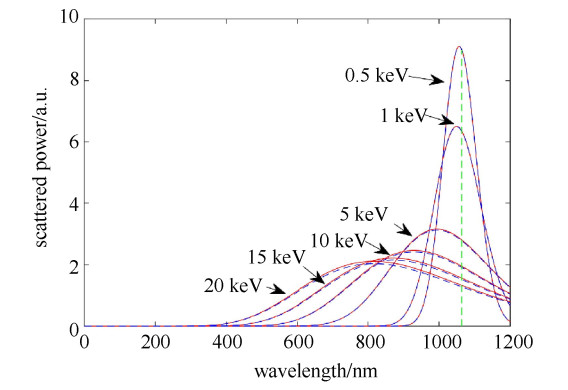
 下载:
下载:

